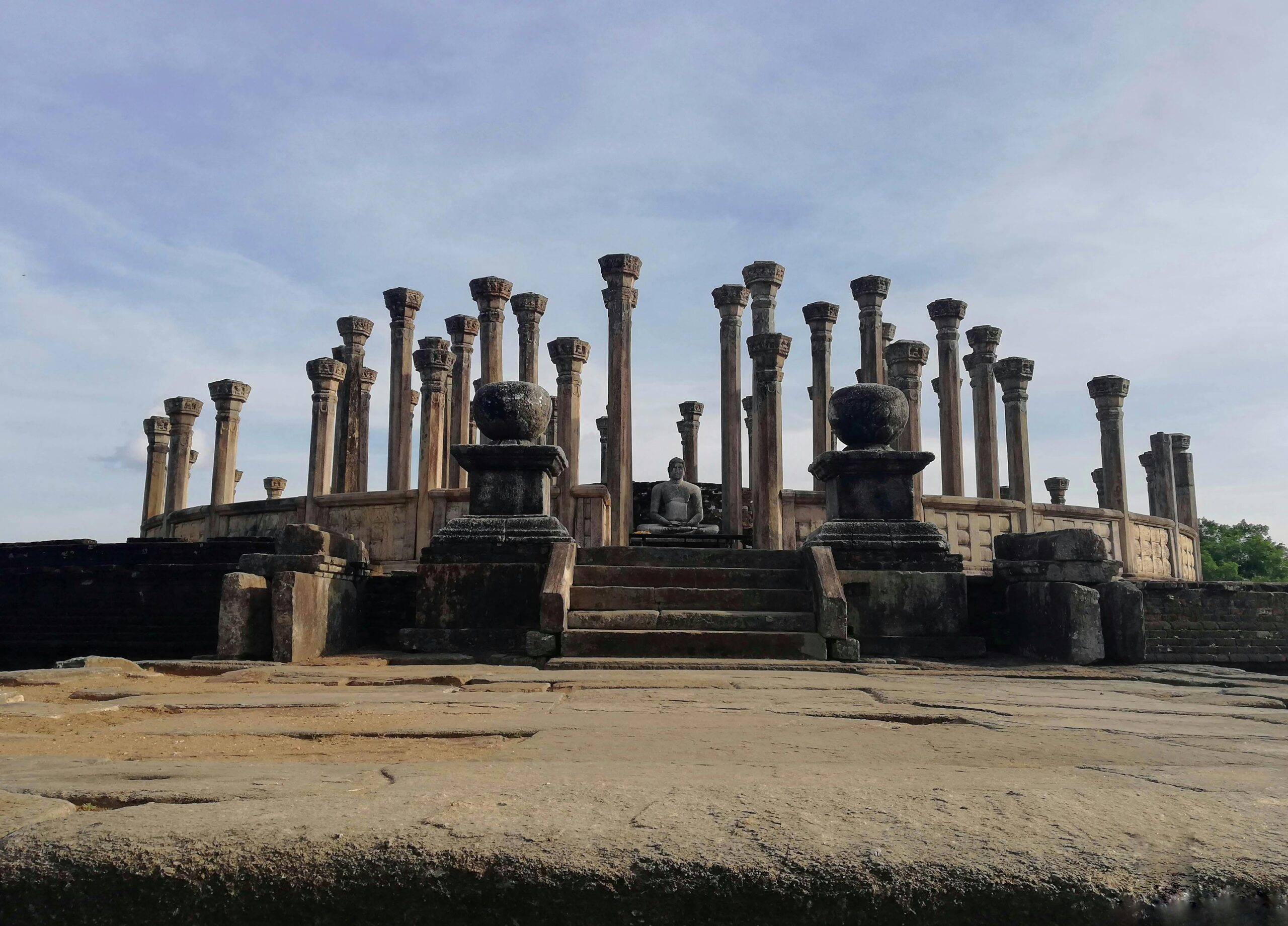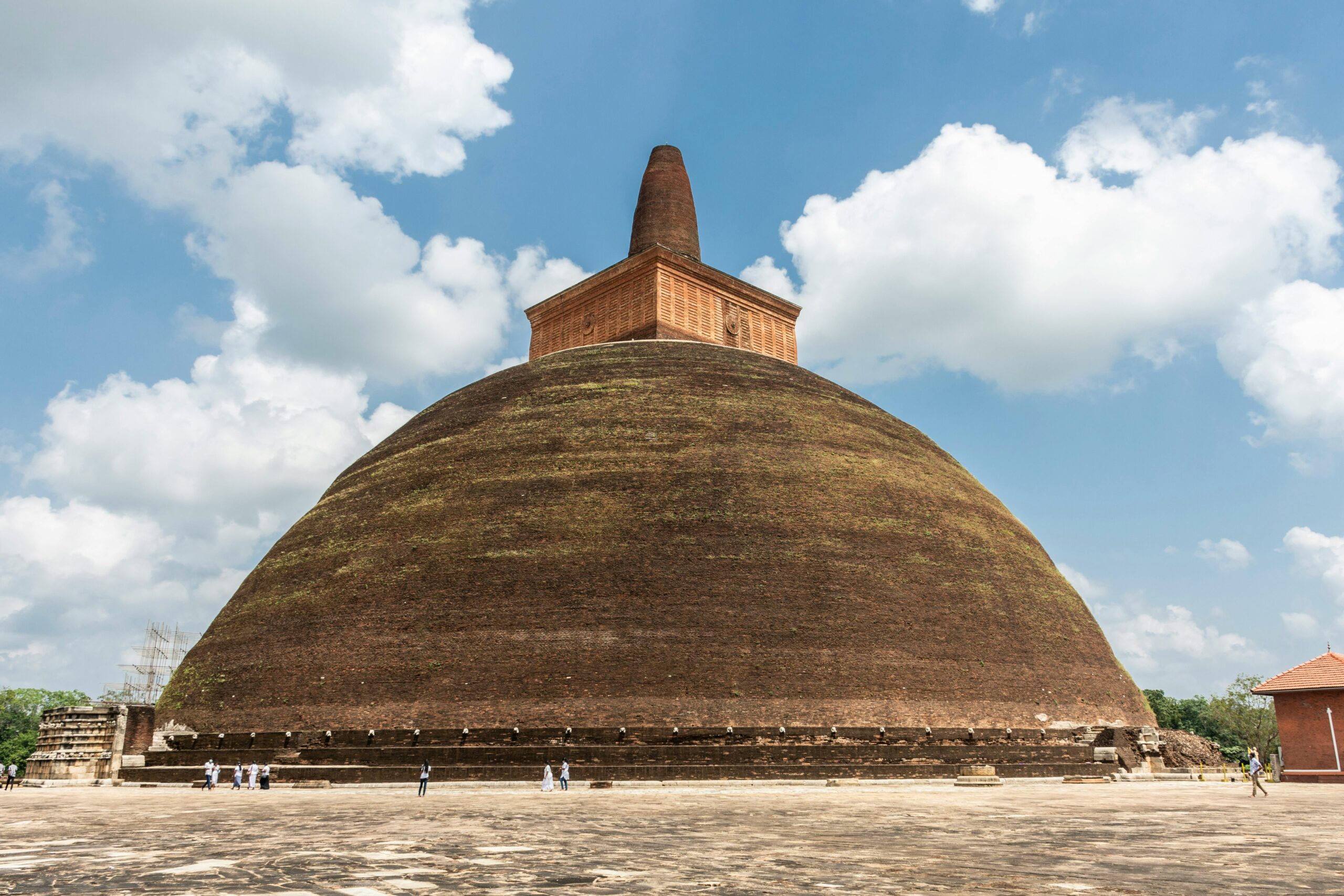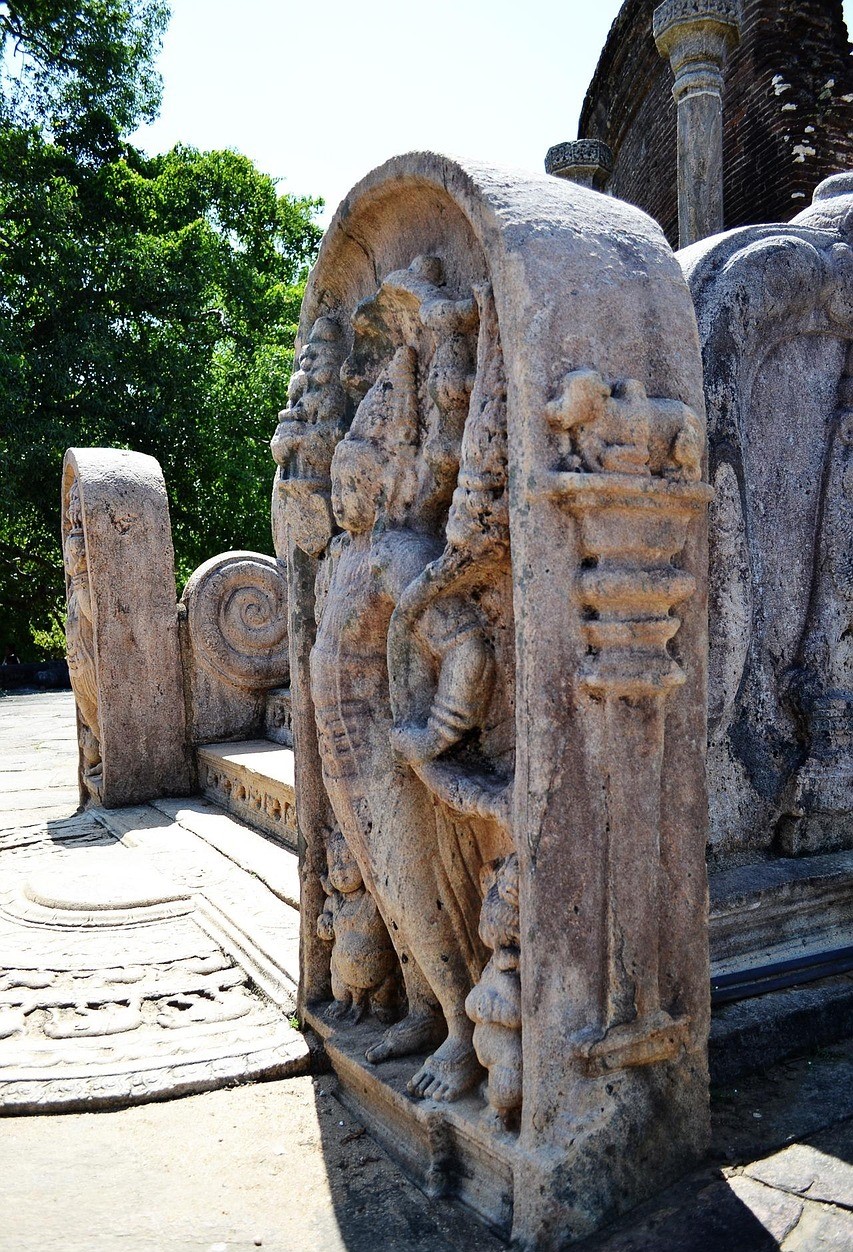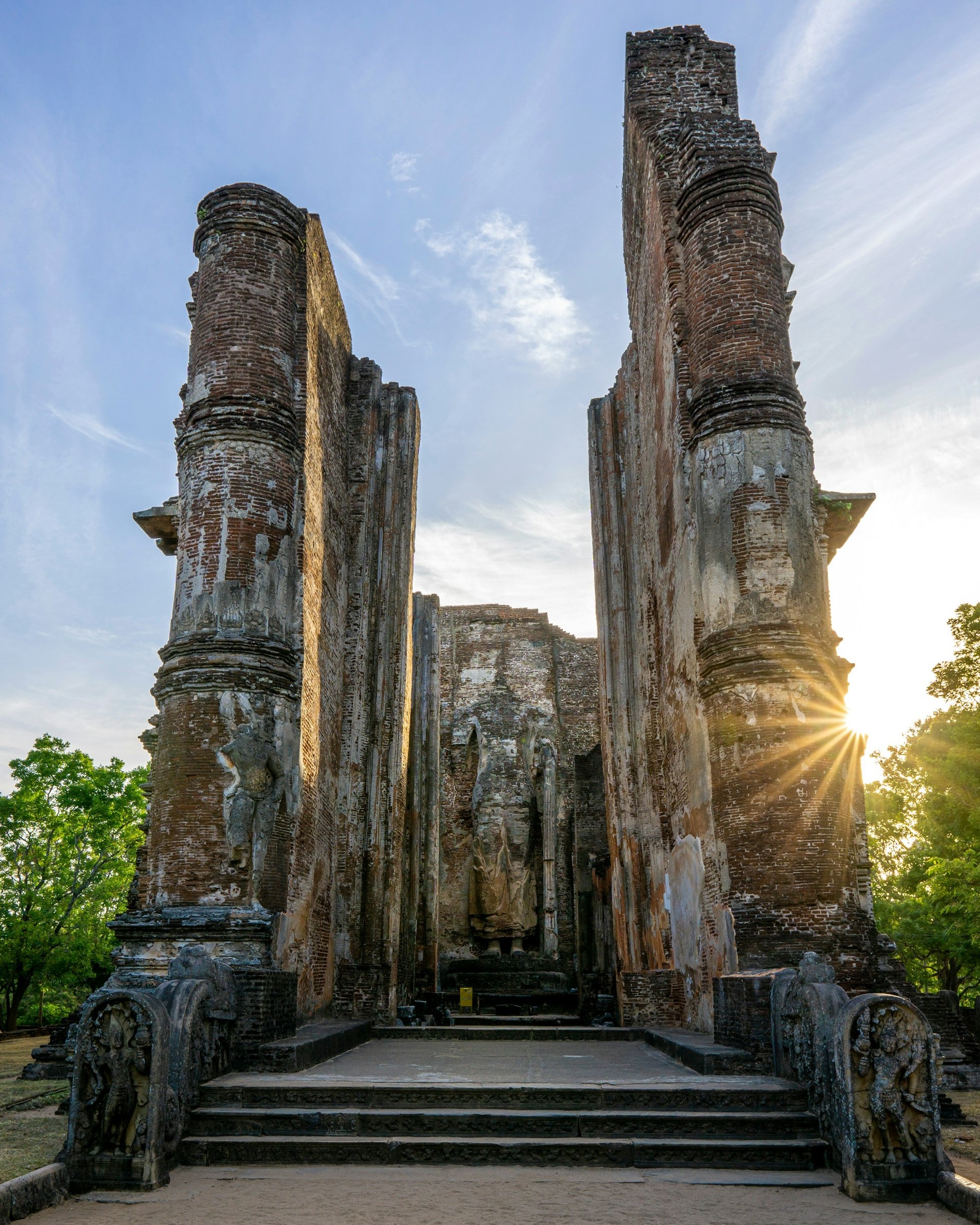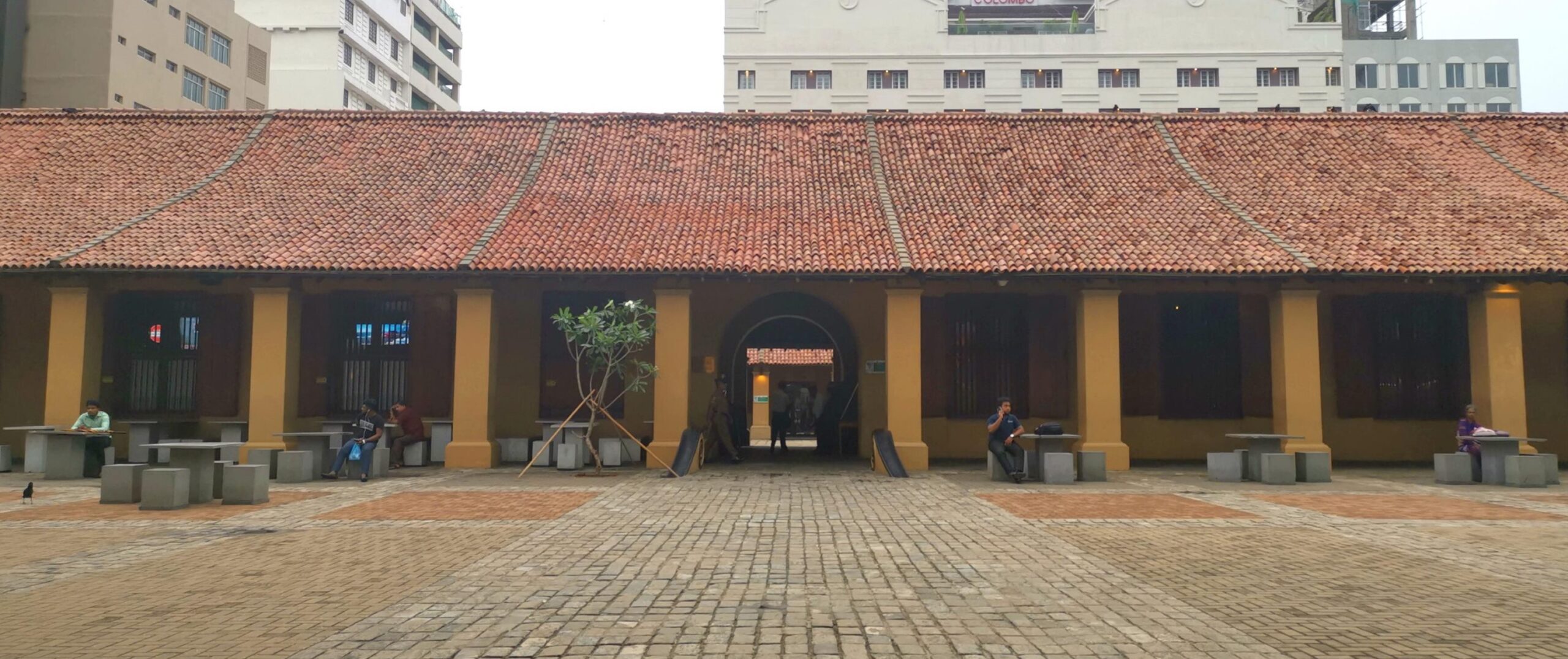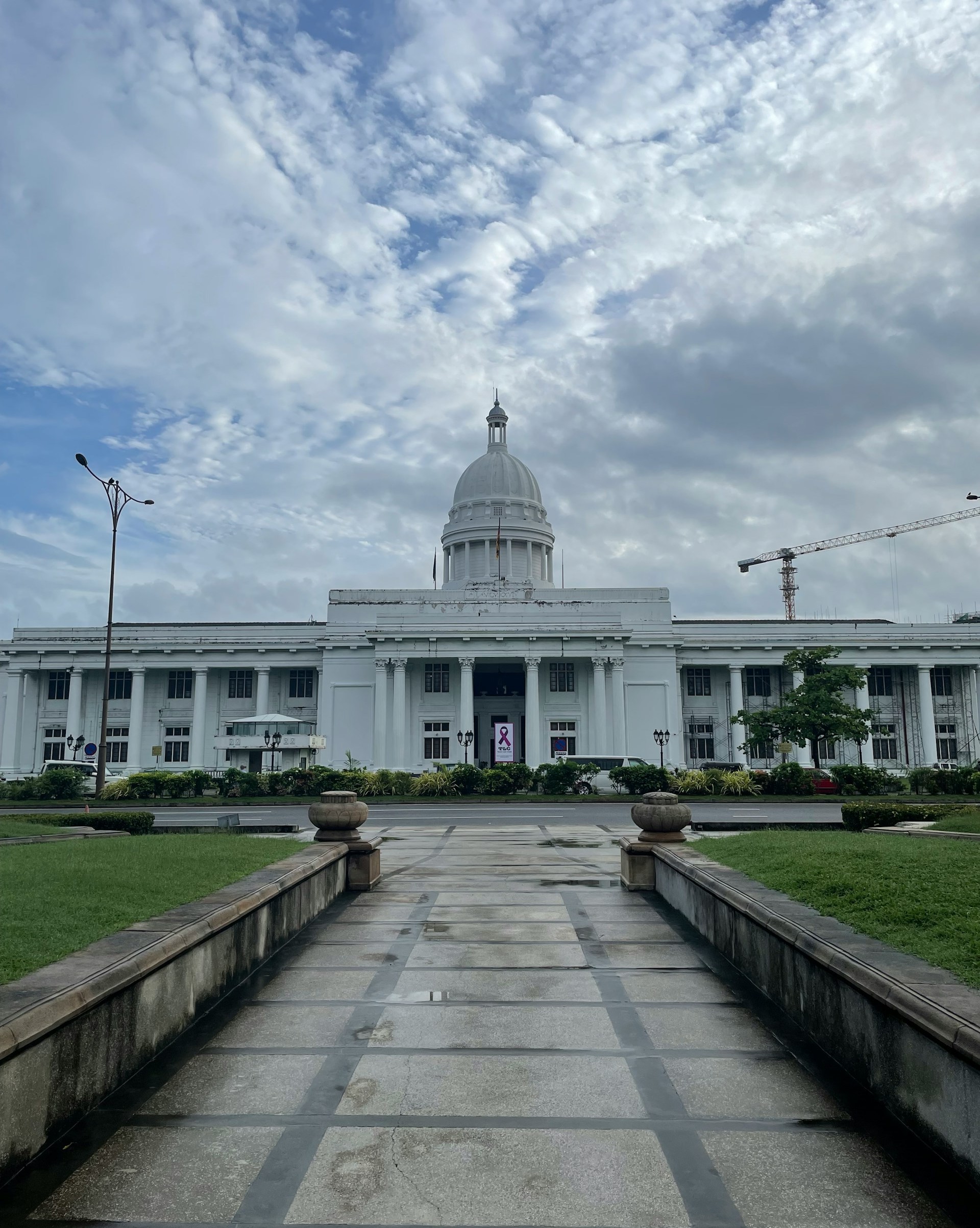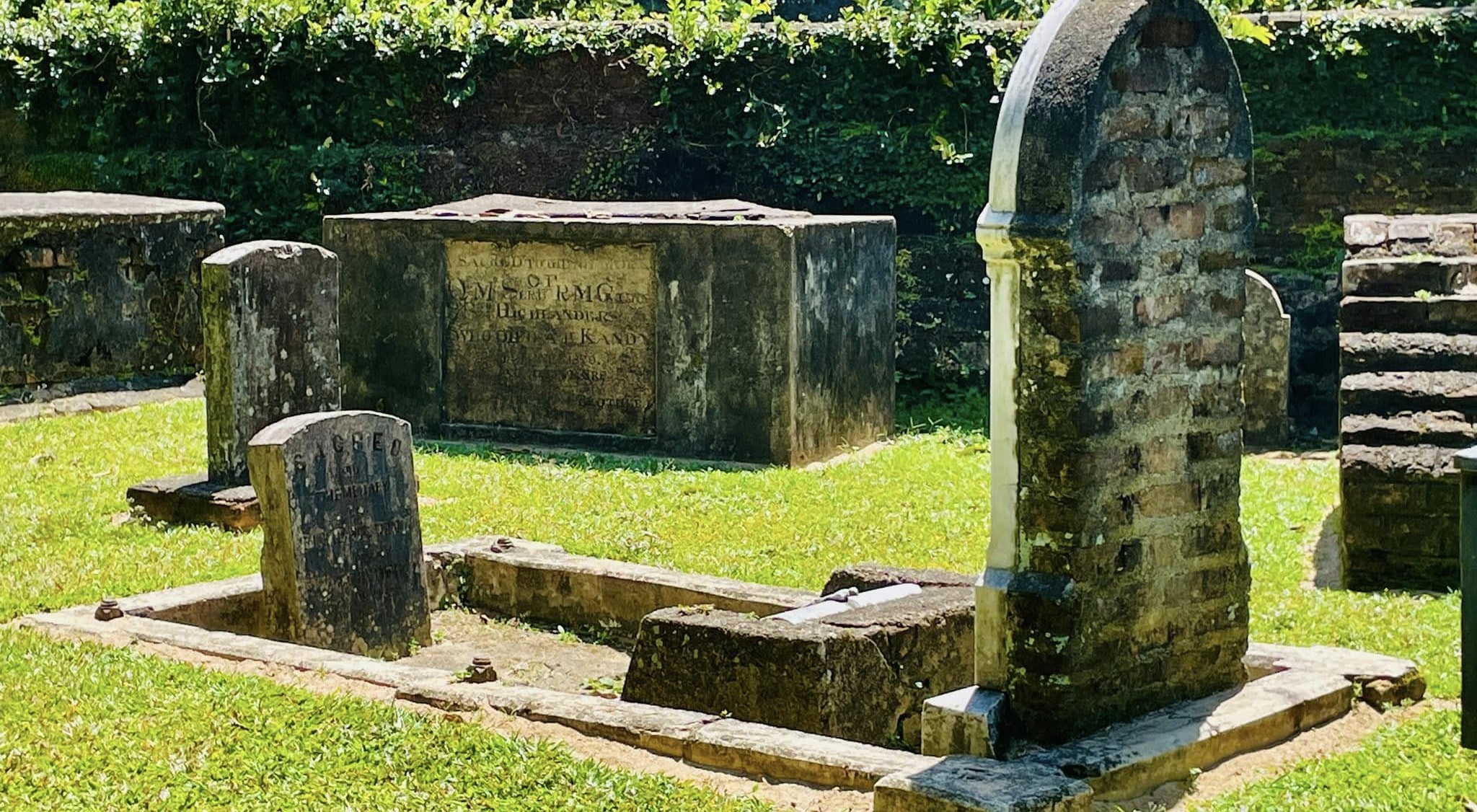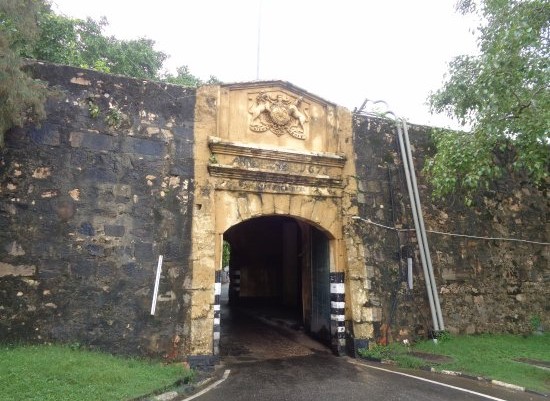Medirigiriya Vatadage: A Timeless Masterpiece of Sri Lankan Architecture
Medirigiriya Vatadage is an ancient circular relic house located in the Polonnaruwa District of Sri Lanka. Known for its breathtaking stone carvings, historical significance, and unique architectural design, this site dates back over a thousand years. Medirigiriya Vatadage is a hidden treasure that reflects…
Ranmasu Uyana: The Enchanting Royal Park of Anuradhapura
Ranmasu Uyana, or the Royal Park, is a stunning ancient garden located in the sacred city of Anuradhapura, Sri Lanka. This historical site, once reserved for royalty, is famous for its serene natural beauty, ancient water management system, and mysterious Sakwala Chakraya (Star Gate)….
Abhayagiriya Temple: A Majestic Monastic Complex in Anuradhapura
The Abhayagiriya Temple in Anuradhapura is one of the most remarkable historical and religious sites in Sri Lanka. Once a flourishing Buddhist monastery, it was a center of learning, art, and meditation. Today, its grand ruins, including the towering Abhayagiriya Stupa, stand as a…
Isurumuniya Temple: A Timeless Treasure in Anuradhapura
The Isurumuniya Temple, located in the heart of Anuradhapura, is one of Sri Lanka’s most enchanting ancient temples. Famous for its rock-carved sculptures, rich history, and serene atmosphere, this temple is a must-visit site for travelers exploring the sacred city. Whether you are a…
Lankathilaka Image House in Polonnaruwa: A Majestic Tribute to Ancient Sri Lankan Art and Architecture
The Lankathilaka Image House in Polonnaruwa, also known as the Lankathilaka Temple, is a striking example of Sri Lanka’s medieval architectural brilliance. Nestled within the historic Polonnaruwa Ancient City, this iconic site is a masterpiece of religious devotion and craftsmanship. If you’re visiting Polonnaruwa,…
Dutch Hospital Colombo: A Historical Gem in Sri Lanka’s Capital
Sri Lanka, a tropical island nation renowned for its breathtaking beaches, ancient temples, and vibrant culture, offers a diverse range of attractions for visitors. One such hidden gem is the Dutch Hospital Colombo, a historic landmark that has been transformed into a bustling shopping…
Colombo National Museum: A Journey Through Sri Lanka’s History
Colombo National Museum is a treasure trove of Sri Lanka’s rich heritage, offering visitors a captivating glimpse into the island nation’s past. Whether you’re a local or a foreign traveler, this iconic museum is a must-visit destination. . Why Visit the Colombo National Museum?…
Negombo Fort: A Historical Gem in Sri Lanka
Negombo, a coastal town renowned for its pristine beaches and vibrant atmosphere, is also home to a fascinating piece of history: the Negombo Fort. This imposing structure, overlooking the Indian Ocean, offers a glimpse into the island nation’s rich past. With its strategic location…
The British Garrison Cemetery in Kandy: A Peaceful Piece of History
The British Garrison Cemetery in Kandy is a poignant reminder of Sri Lanka’s colonial past. This serene resting place, nestled amidst the vibrant city, offers a unique opportunity to delve into the island’s history. If you’re planning a trip to Kandy, a visit to…
Fort Frederick at Trincomalee: A Sri Lankan Adventure Through Time!
Fort Frederick, an amazing old fort in Trincomalee, Sri Lanka, is like a giant storybook come to life! This giant building by the ocean is a mix of history and beautiful scenery, making it a must-see on your Sri Lankan trip. A Long History…

